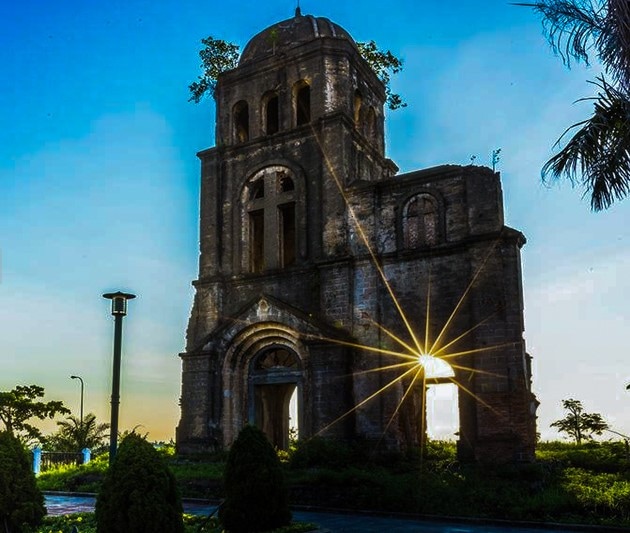Tam Toa Church
Removed from Unnamed collection





Source: Angie Bell (Skip the Line Travel) Images may be subject to copyright. Learn More
Nestled on Nguyen Du Street in Dong My Ward, Dong Hoi City, Quang Binh Province, Tam Toa Church stands as a poignant reminder of history. Built in 1886, this Catholic church holds stories of faith and resilience. In 1912, the renowned poet Han Mac Tu was baptized here under the Christian name Nguyen Trong Tri Franois. However, the church's journey took a dramatic turn during the Vietnam War. From 1964 to 1972, relentless US air bombardments flattened Dong Hoi, leaving only the church's bell tower standing. The Geneva Agreement in 1954 saw the migration of Tam Tran's entire community to the South, leaving the church abandoned.
The church endured the wrath of war, with a staggering 48 bombings by the United States Air Force. On February 11, 1965, a bomb struck, sparing only the bell tower, now peppered with bullet holes. This tower became a symbol of survival, a war relic reflecting the town's tumultuous past. Recognizing its historical significance, on February 26, 1997, the People's Committee of Quang Binh province declared it a protected war crimes vestige, a piece of cultural history needing preservation.
Fast forward to October 23, 2008: the Quang Binh People's Committee and the Bishop of Doai signed a memorandum acknowledging Tam Toa Church as a testament to war crimes. They agreed to maintain and enhance it for educational purposes, ensuring future generations understand its significance. Whether your journey through Quang Binh is brief or extensive, the opportunity to explore its many historical relics is not to be missed. Tam Toa Church, the largest Catholic church in Quang Binh and the sole church of Dong Hoi City, is centrally located, offering easy access for those eager to connect with the past. While you're there, take a moment to appreciate the artistry of the bell tower, which still echoes the resilience of the local community. The church doesn’t just tell a story of destruction; it narrates a tale of endurance and hope.
 Angie Bell (Skip the Line Travel)
Angie Bell (Skip the Line Travel)  Vietnam
Vietnam